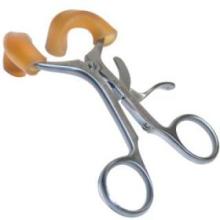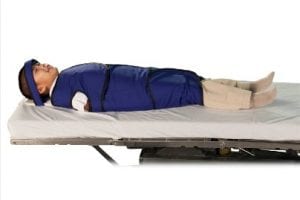Many dentists enjoy treating children, even children who are somewhat difficult to treat. They enjoy them, have fun with them, and find fulfillment in focusing on the children and helping them receive the care they need and deserve. However, even if a parent does all he or she can to prepare a child for their appointment, one of the biggest obstacles in treating children is their movement. Some children will not lay still.
Methods for Controlling Child Movement During Dental Procedures
One way a dentist could attempt to control movement is with the use of a mouth prop, called a molt mouth gag to prevent the young patients from biting down during a procedure, and causing further pain and damage.

However, some children are more difficult to control and need more restraint, in order to treat them effectively and safely. Even with multiple attempts to calm them down, some children still throw their arms and legs, risking their safety and preventing treatment. For these children, parents will be asked for permission to physically restrain their child. When permission is granted, the dentist may wrap the child in a papoose, and then complete the treatment.

The papoose technique is not meant to be harmful, traumatic, or mean. It is only used on incredibly strong-willed children who refuse to lay still, thus making it impossible to treat them safely. It ultimately allows the child to calm down.
When the successful treatment is complete, the child will be congratulated, often given a chance to pick a toy or treat from the prize box or treasure chest, and walk away feeling good.
This article was provided by the office of Phoenix pediatric dentist Dr. Hillary Peck.